When I received the invitation for the Ichinokura Sake Dinner At Sagano Japanese Restaurant, I thought about how much sake I could consume and was a little concerned since I don’t even have much of a palate for wine. Of course, I had to attend as I wanted to learn more about sake, I can’t remain a sake Philistine forever.
Before we sat down for dinner, there was a presentation from Kazuhito Enomoto, a representative of Ichinokura Sake Brewery (he didn’t need a translator and I understood him perfectly). Ichinokura Sake Brewery is located in Miyagi Prefecture and was established in 1973 by merging with 4 historic breweries.
The brand Ichinokura was named after 3 of their wishes:-
1) become number one brewery
2) exist as a unique brewery
3) 4 founders unite as 1 brewery
All Ichinokura sake is hand crafted from rice harvested mainly in Miyagi Prefecture. Ichinokura have promoted the use of environmentally friendly rice for sake brewing. Ichinokura’s 40 brewery workers are led by a master brewer called ‘toji’ experienced in sake brewing from the Nanbu Toji School.
APPETIZER PLATTER
Pan fried Japanese scallop with jalapeno panzu sauce
Green asparagus and boiled spinach mixed in sesame sauce
Hibachi wagyu striploin marinated with miso
Paired with Liqueur :”Himezen Ume” Alc. Cont. 8%
It’s always a rare indulgence to taste wagyu and this starter plate had everything delicious on it, the most memorable being the melt-in-my-mouth wagyu. Himezen Ume is the perfect pairing with this starter plate as it is refreshing, like a fruity white wine. This is a plum wine with the ideal balance between natural sweetness and refreshing acidity. I drank the whole glass which was unexpected and I didn’t feel inebriated. In fact, this was so good that I wouldn’t have minded a second glass.
2nd COURSE
Two kinds of fresh raw fish with assorted barbeque nigiri sushi
Paired with Hot Sake : “Ichinokura Karakuchi” Alc. Cont. 15%
Beautifully presented dish of raw fish consisting of tuna (maguro) and salmon, these were so fresh that I’d have believed the fish were still swimming a few hours ago. This is paired with Ichinokura’s Signature Sake and is their standard pure rice sake. It tasted too drying for my palate but has a really nice grain-like aroma. Matches various cuisines especially seafood. This sake can be served warm and cold.
3rd COURSE
Yellowtail and asari clam with braised white radish sakamushi style and sprinkled with shredded yuzu
Paired with Cold Sake : “Ichinokura Karakuchi” Alc. Cont. 15%
A light seafood soup which only the best Japanese restaurants do so well. I am beginning to love white radish with its slightly bitter taste. The cold version of Ichinokura Karakuchi has a sharper taste but still too dry for me.
4th COURSE
Prawn tempura and eringgi mushroom with crispy seaweed and arare rice cracker
Paired with Premium Sake : “Ichinokura Junmai Daiginjo Kuranohana” Alc. Cont. 15%
The prawn tempura wasn’t oily and I was really into the crispy seaweed and arare rice cracker. This sake is elegantly mild, light-bodied with a refined fruity sweet aroma like pineapple or lychee. Refined polished rice and special yeast is used to enhance its fruity flavours. This sake won the gold medal at International Wine Challenge 2011 and 2014. Too dry for my palate & alcohol content too high but otherwise the aroma is just fantastic as it smells kind of tropical.
FINALE
Honeydew and homemade coconut ice cream
Paired with Sparkling Sake : “Suzune Wabi” Alc. Cont. 5%
Homemade coconut ice cream isn’t something you would expect in a Japanese restaurant but it’s the best dessert to end such a satisfying and fulfilling meal. Great quality food and being introduced to all these fine sakes was so enlightening. Suzune Wabi is like sparkling champagne. It has a smooth and refreshing taste with a gorgeous fruity aroma. Always serve chilled, enjoyable as an aperitif or dessert drink.
Ichinokura Sake is available at Shojikiya outlets.

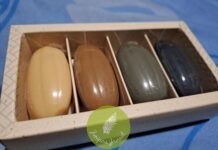
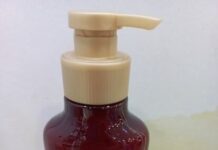


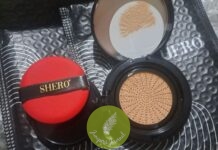
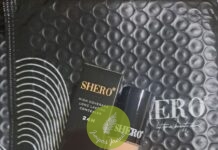
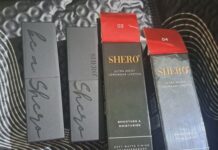
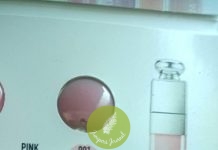

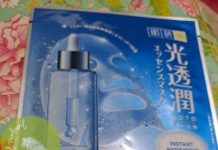

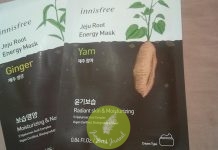















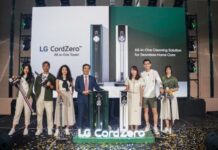




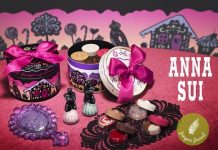
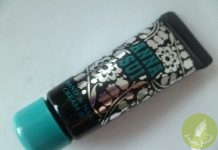
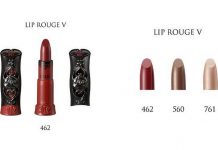
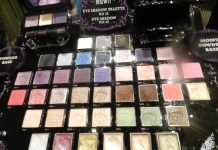
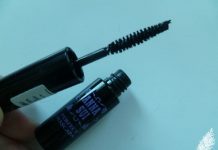
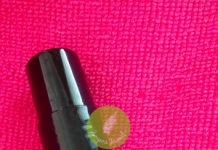



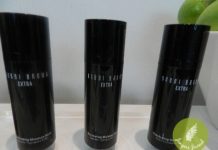




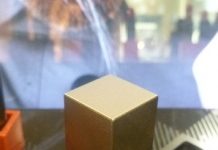
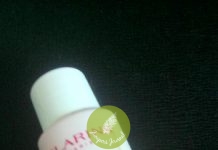
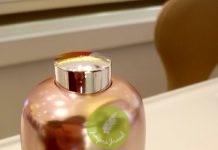
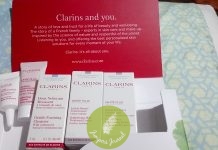
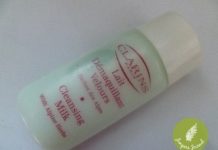
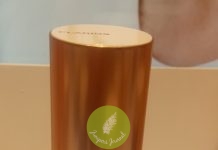


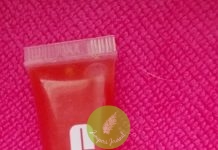
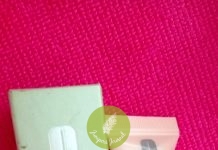
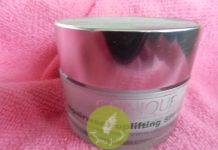





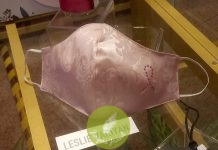
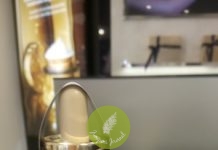
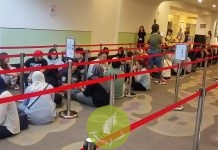
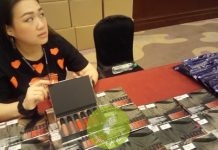
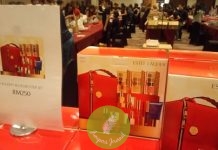

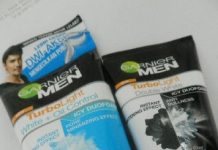
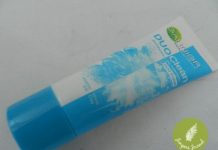
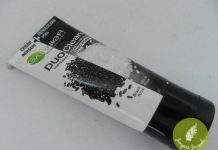
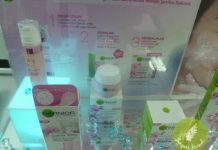
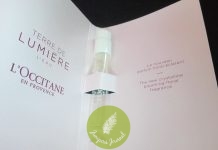
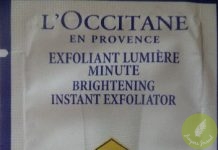
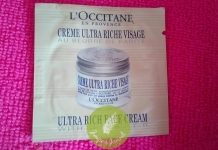



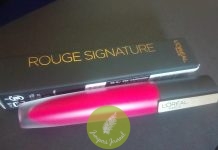
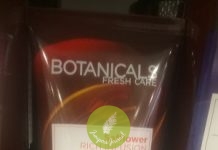


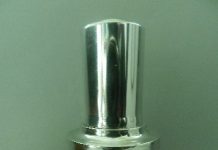
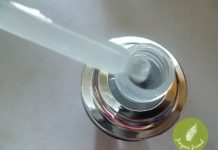


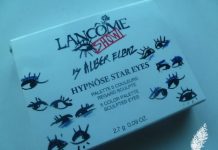

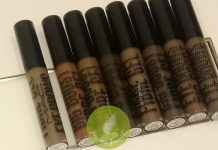
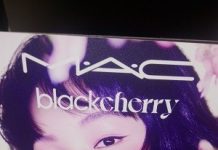
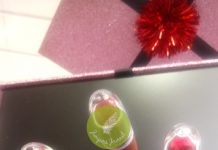
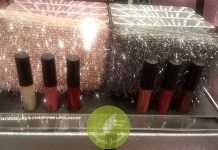
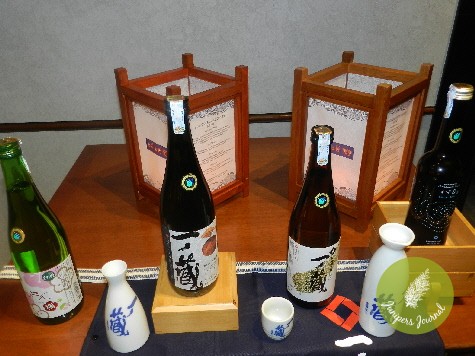
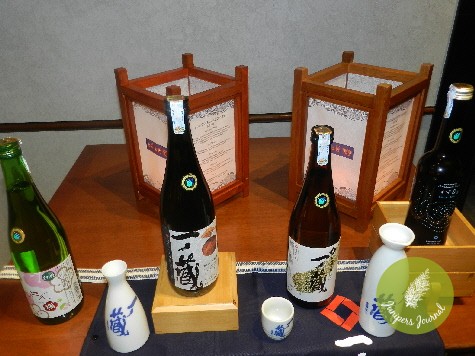
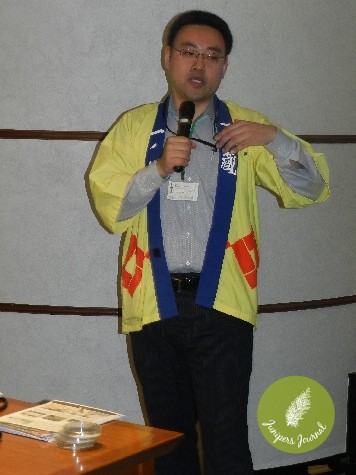
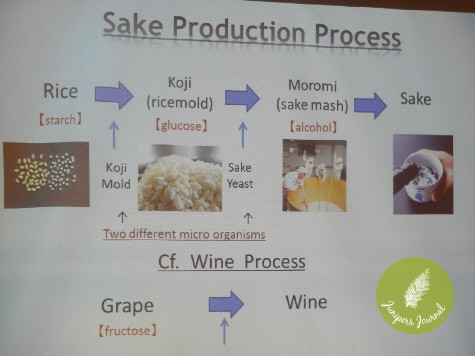
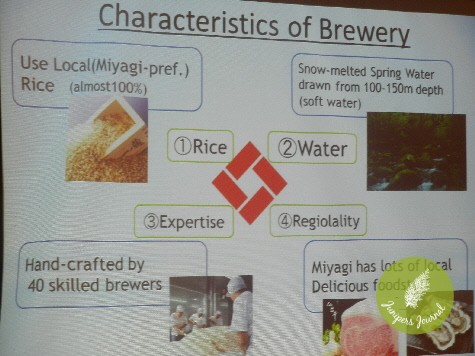
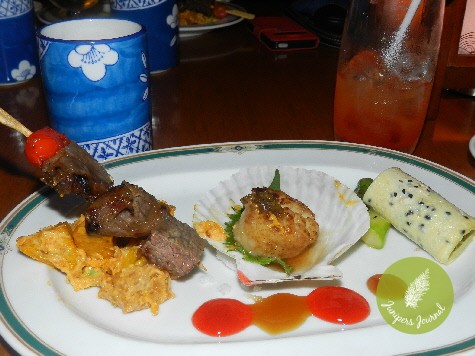
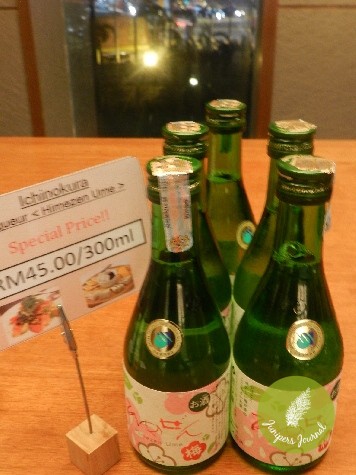
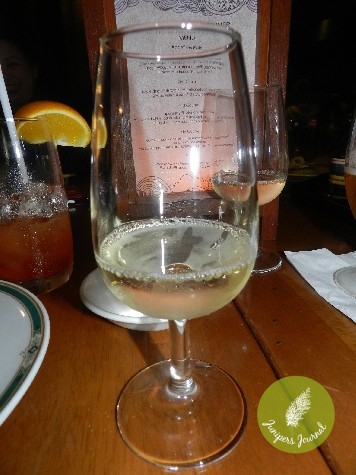
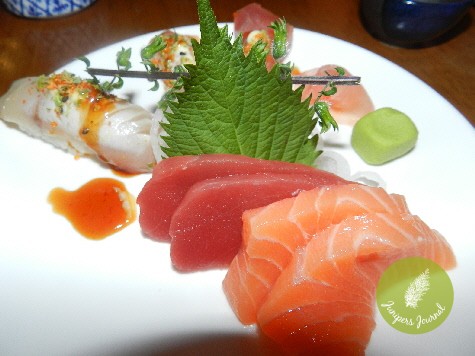
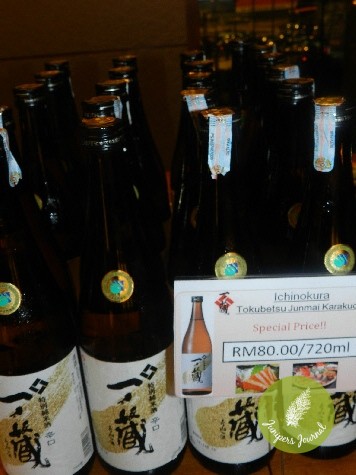
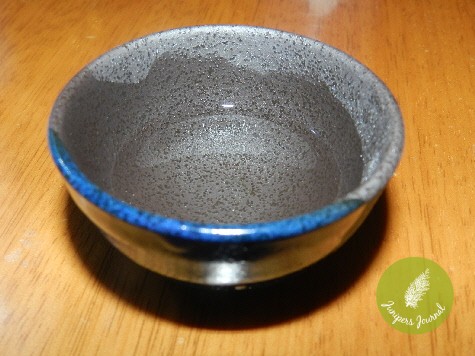
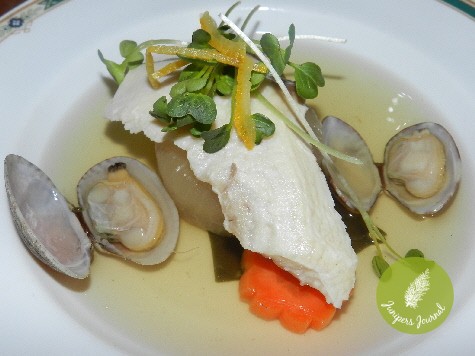
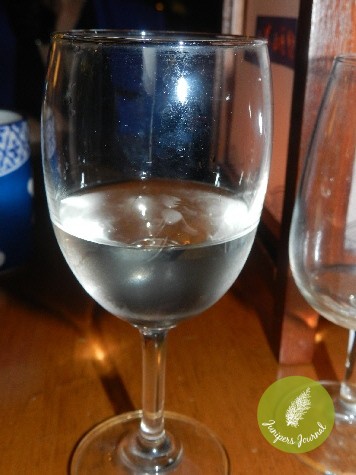
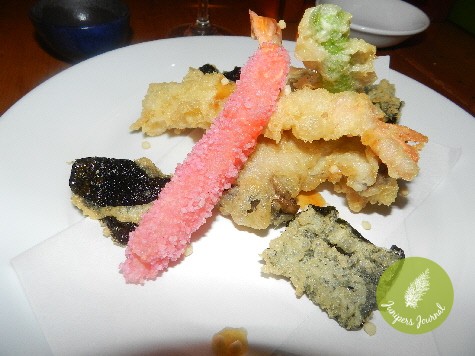
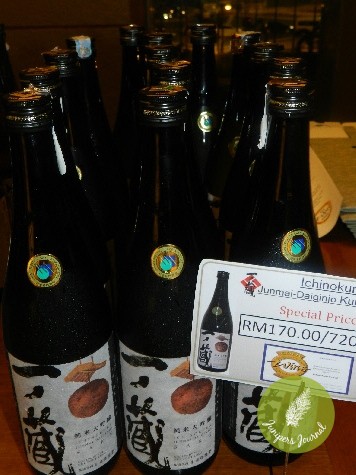
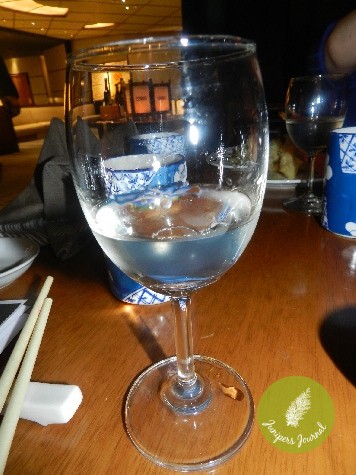
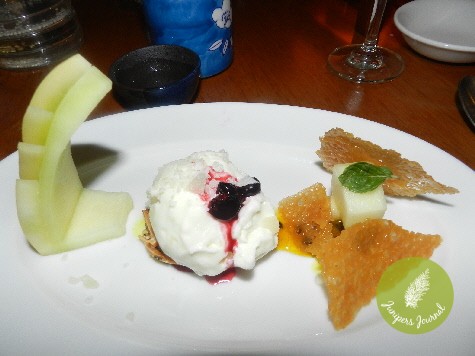

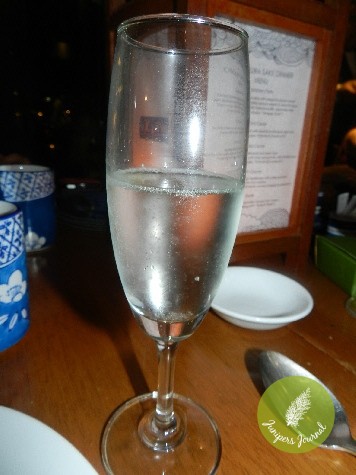








I love Japanese food and this is truly a course of meal that is so appetising! Looks so good > < !